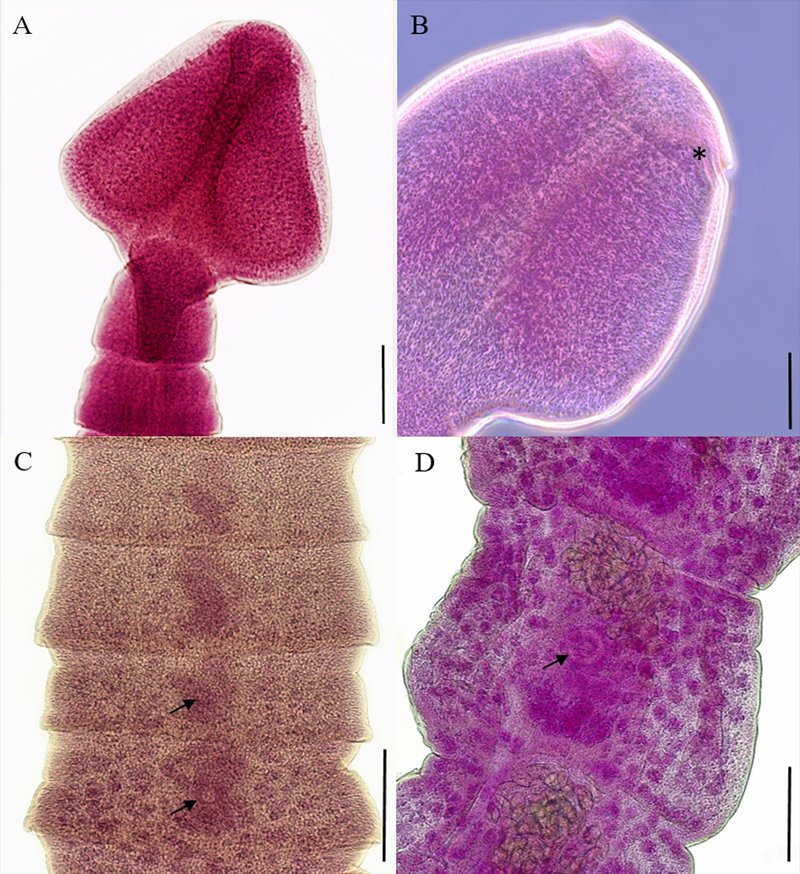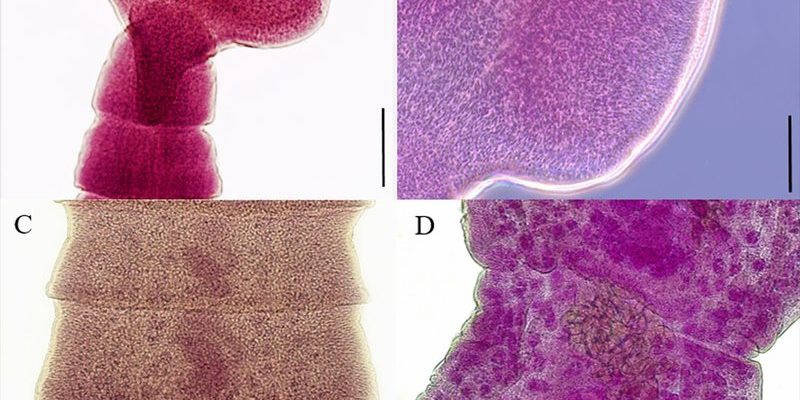
In many ways, the guppy tapeworm is like the ultimate team player. Not only does it thrive in the presence of its host fish, like guppies, but it also interacts with an incredible variety of other microfauna in its environment. This delicate balance helps maintain the ecosystem’s health and stability. So, let’s dive into the world of the guppy tapeworm and explore how it interacts with its neighbors in the vast underwater universe.
What Is the Guppy Tapeworm?
The guppy tapeworm, scientifically known as *Bothriocephalus acheilognathi*, is a parasitic organism that primarily inhabits the intestines of freshwater fish. Think of it as a cozy tenant making itself at home within its host. The guppy tapeworm can grow quite long, sometimes reaching lengths of several feet, which is impressive for such a small creature.
What’s fascinating is how the guppy tapeworm has adapted to its life inside fish. It has a flat, ribbon-like body that allows it to attach firmly to the intestinal walls using its scolex, which is like a tiny suction cup. By doing this, it can absorb nutrients directly from the host’s food—and let’s be honest, who can blame it for wanting the buffet experience?
The Role of Guppy Tapeworm in the Ecosystem
Now, you might be wondering about the guppy tapeworm’s role in the larger ecosystem. The interesting thing is that these tapeworms aren’t just freeloading off their fish hosts. They actually contribute to the ecosystem’s balance. When they inhabit a fish, they can influence the host’s health and behavior. For instance, a heavily infested fish might become less active, which can affect its interactions with other species.
This dynamic creates a ripple effect throughout the ecosystem. As host fish change their behavior, it can alter predation patterns and relationships with other organisms. In this way, the guppy tapeworm helps maintain biodiversity by ensuring that no single species overpopulates the habitat.
Interactions with Other Microfauna
The guppy tapeworm doesn’t exist in a vacuum; it interacts with various other microfauna like bacteria, protozoa, and other parasites. These tiny organisms collectively contribute to a vibrant underwater community. For example, certain bacteria break down organic matter and produce nutrients that feed the tapeworm and its host. This relationship can be compared to a bustling city where each person—from the baker to the mechanic—plays a vital role.
In addition to bacteria, the guppy tapeworm shares its space with other parasites. Parasitic relationships often resemble a competitive race, where different organisms vie for resources. However, sometimes they can coexist—like two businesses on the same block, each attracting their own customers in different ways.
Benefits to Host Fish and Their Microenvironment
At first glance, having a guppy tapeworm live in a fish might seem purely detrimental. But there’s a flip side. Some researchers suggest that low levels of parasitic infections can actually boost the immune systems of their hosts. It’s as if the presence of tapeworms serves as a form of “training” for the fish’s immune system, preparing it to fight off more severe threats.
Moreover, the guppy tapeworm can influence the algae and plant life in its aquatic environment. By affecting the population dynamics of host fish, the tapeworm indirectly impacts how these fish interact with their surroundings—like grazing on algae and controlling its growth. If there are fewer fish due to heavy tapeworm burdens, this could lead to overgrowth of algae, which could suffocate other aquatic life.
Environmental Factors Influencing Guppy Tapeworm Populations
Several environmental factors can impact guppy tapeworm populations, including water quality, temperature, and the availability of host fish. Just like how certain conditions can make a city thrive or struggle, these factors greatly influence the existence of guppy tapeworms.
For instance, warmer temperatures might lead to higher reproduction rates in both host fish and tapeworms. Conversely, pollution can stress fish populations, potentially leading to fewer hosts available for the tapeworms. This creates a delicate balance—too much pollution might reduce hosts and disrupt the entire ecosystem.
Controlling Guppy Tapeworm Populations
Managing guppy tapeworm populations in aquaculture settings is crucial. Farmers often want to keep parasite levels low to ensure the health of their fish. This might involve adding treatments or introducing cleaner fish that can help keep parasite levels in check. Imagine a team of specialists working together to maintain the health of their aquatic community.
To combat tapeworm infestations, regular monitoring and maintenance of water conditions are essential. Maintaining clean water and healthy fish can prevent heavy infestations, just like how regular checkups keep you in good health.
The Future of Research on Guppy Tapeworms
As scientists continue to explore the complexities of ecosystems, the guppy tapeworm offers valuable insights into parasitology and aquatic life. Researchers are increasingly interested in understanding how these tiny creatures affect their environments and the implications for fish populations and overall ecosystem health.
By studying interactions like those of the guppy tapeworm, we can develop better conservation strategies and promote the biodiversity that’s crucial for healthy aquatic systems. Each tiny detail matters, and the guppy tapeworm is a piece of that puzzle.
In conclusion, the guppy tapeworm is much more than just a parasite; it’s an integral part of an intricate web of life. By understanding its interactions with microfauna and its ecosystem, we can appreciate the delicate balance of nature and how every creature, no matter how small, plays a vital role. The next time you think about tapeworms, remember they’re not just living in fish—they’re part of a complex story unfolding beneath the water’s surface.

